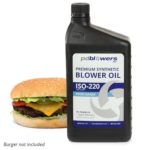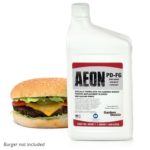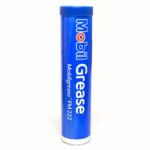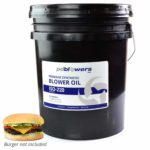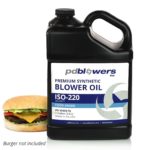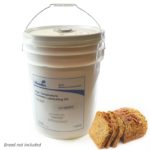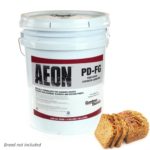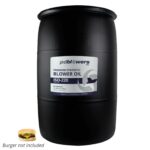Blowers and vacuum pumps are frequently used in food production, creating pressure or vacuum in pneumatic conveying systems that move food ingredients through piping systems. Our equipment packages have been used to move dry materials like wheat, flour, sugar, and corn from silo to truck; to separate materials like cotton seeds after ginning; to convey fresh produce into mixing stations where it can be metered into packaged salads; and our equipment has even been used to move live animals!
When blowers and vacuum pumps are going to be used in any food production process, there are important safety regulations governing the lubricants that can be used on the equipment. Originally created by the USDA, the lubricant safety standards are now determined by the National Sanitation Foundation (NSF) in accordance with guidelines from the Global Food Safety Initiative and the FDA’s Food Safety Modernization Act.
Food Safe Lubricant Classification
In addition to normal lubricant functions like reducing friction, heat, corrosion, and oxidation, they must also be odorless, tasteless, and chemically inert while also resisting microbial growth and degradation from food ingredients, chemicals and water. The NSF classifies lubricants into one of three categories:
H1 lubricants are what most people refer to as “food grade” lubricants. They may be used in applications where incidental food contact may potentially occur. This contact is limited to a trace amount–no more than 10 parts per million (0.001%)–or else the food is deemed unsafe for consumption. H1 lubricant formulations may only contain certain base stocks, additives and thickeners as specified by FDA regulations (21 CFR 178.3750).
H2 lubricants can only be used in food-processing facilities where there is zero possibility of contact with food. Most substances used in lubricant formulations in general are acceptable in H2 lubricants, but there are restrictions pertaining to toxicology and other considerations. For example, H2 lubricants cannot contain carcinogens, mutagens, teratogens, mineral acids or intentionally heavy metals such as antimony, arsenic, cadmium, lead, mercury or selenium.
H3 lubricants may only contain edible oils that satisfy FDA 21 CFR 172.860 (such as corn, soybean or cottonseed oils), certain mineral oils that meet FDA 21 CFR 172.878, and oils generally recognized as safe (GRAS) under either FDA 21 CFR 182 or FDA 21 CFR 184. H3 lubricants are typically used to clean and prevent rust on hooks, trolleys and other such equipment.
ISO 21469 Certification
For lubricant manufacturers who want to ensure their products meet the most rigid food safety standards, there is an ISO 21469 certification program that evaluates the lubricant as well as its manufacturing process to ensure that the lubricant is not only made in accordance with the standards but is also delivered free of outside contaminants. When lubricants have been certified ISO 21469, they have been evaluated on all of the following measures:
- Formulation and label review to ensure ingredient safety and label accuracy
- Risk assessment to ensure the manufacturer has identified and evaluated relevant hazards in the lubricant’s manufacture and use
- Production facility audits to confirm adherence to quality procedures and good manufacturing practices
- Analytical testing to verify integrity of product composition
- An accredited, independent, third party assessment must be completed to confirm the lubricant conforms to ISO hygiene requirements
ISO 21469 Certification is a rigorous process that ensures the highest quality food safe lubricants. This certification may be required by customers in the food industry as well as pharmaceuticals, tobacco, and animal feed.

